SummaryAirport Rating n/a Reception of locals ***** Cost: ££££
The home of ShakespeareWilliam Shakespeare is perhaps the most famous and important writer in the history of the English language. Born during the Tudor period of English history, he went onto compose plays that remain popular to this day and are taught in school across the English speaking world, plays like; Romeo and Juliet, Hamlet, A midsummer night's dream and Henry V (which is what I had to study at school). He was basically the Disney of this day - a lot of re-tellings of famous stories/histories, with some original material, and a legacy that just got bigger and bigger. with time until his work was the dominant form of entertainment. You might think I'm being a little harsh on Shakespeare, after all, generations of teachers have expounded the virtues of the playwright who chained the course of a language. And the truth is, I don't mean to sound harsh, I actually even began to enjoy Henry V by the time I finished studying it. He was a prolific writer who has definitely left an imprint in history. But the truth is, during his lifetime, and for a century or two after that, Shakespeare was just thought of us a talented playwright and nothing more. It wasn't until the late 18th and 19th century that respect for a good playwright turned into some weird national obsession, and a talented playwright with a solid body of work became this saviour of the English language, and a national treasure. If you go to an English speaking school, and you're forced to read Shakespeare - don't blame him - blame the weirdos of the 19th century (and there's a lot they have to answer for!). And this is before the whole host of conspiracy theories about him, from the superficial what he looked like to the more fundamental was he a fraud types. The truth is, whether is was just a talented playwright, a saviour of the English language, or a fraud who passed off other works as his own (or were attributed to him by others), he is an important part of history and that history is tied to Stratford where he grew up, and where he also died. It's why a relatively small town of 30,000 has 2.5 million visitors a year from all around the world. A step back in timeThe beauty of Stratford is that while towns and cities around it like Birmingham, the Black Country and Coventry industrialised rapidly, Stratford grew more slowly and sustainably. it means that the town retains many buildings from around Shakespeare's time, including the house he grew up in. There are three main routes through the town to see best of Stratford; Sheep Street, Henley Street and Waterside. Sheep Street contains many of the famous half-timbered houses that I really love (I've seen examples in different parts of Europe, most recently in Rennes) and they have an almost magical quality to them. You can find these buildings in small numbers throughout the UK, including London, but they seem to be here in a greater number. The street also has one of the oldest houses that is still used as a place of residence - called the Shrieves House. Nearby is the Tudor Museum, but due to the ongoing pandemic it was closed during my visit. Henley Street is the oldest street in the town and felt like its heartbeat. As well as numerous shops, restaurants and cafes, the Street is also home to Shakespeare's House and museum. I'd been inside many years ago on a school trip, and I was hoping to go inside and appreciate it more as an adult, but again - due to coronavirus restrictions it wasn't possible. I can still remember what it was like going inside, with a reconstruction of life in Tudor England, showing how the Shakespeare family is likely to have lived with recreations of the different rooms in the house. It's not a million miles from where I live and I'm sure I'll be back some day. Another victim of the pandemic is Anne Hathaway's House, the wife of Shakespeare. It's a beautiful cottage, and we could only see it from the outside, it was a thatched-roof cottage like you get in the English countryside. Unlike Shakespeare's House, I didn't visit this in my school trip, so when I do return, i'll be sure to update this review. Yep, I know what some of you are thinking, I'm reviewing Shakespeare's Stratford and missing all the Shakespeare bits, and you're right - sometimes you get lucky with these trips and sometimes you don't. But the good news is that Stratford offers that little bit more. Scenic StratfordWaterside is a good example of that something extra Stratford has. Running along the River Avon which flows through the town, the waterside area is broadly the equivalent of a town square, but constructed around a river. It has all the usual things you'd expect from such an area; street performers, entertainers, places to sit back and relax, and small vendors selling food and souvenirs. I'm not usually a fan of these squares in general (like Leicester Square in London or Times Square in New York) because they're usually tacky, overpriced and ridiculously busy - but it wasn't so bad here, certainly more laid back. I guess that's to be expected given the size of the town. Behind the square is a large ferris wheel, and it was pretty cheap, I had time on my hands so I went in. Times like this I always remember being younger and wanting to go on things like big wheels and my mom almost always saying no. It was literally the thought that popped through my head seconds before I realised I'm an adult and if I want to go on the ferris wheel, no ones here to say no. It's about a 10 minutes ride, and you get great views over the town and further along across the Cotswolds - a part of the country that is designated an outstanding area of natural beauty. The good thing about Waterside is that the area has a long tail along the River Avon, so it's more than just a square. Starting from the Royal Shakespeare Theatre the walk goes past old churches, cemeteries, timber-framed houses and opens up to a more rural feel the further you go. I walked for around an hour along the river and back again and it was very scenic and laid back. As I headed back toward the square on the return journey, I even had time for a quick game of mini golf. The UK's largest tropical butterfly farmA short walk from waterside is the Stratford Butterfly farm, the largest tropical butterfly farm in the UK,. Luckily, not only was the butterfly farm open, but they had measures in place to mitigate any coronavirus risks, like staggered entrances and mandatory mask wearing. The first thing that hits you when you walk in is the heat and humidity. When of these butterflies can only survive in tropical conditions, so getting the environment just right is important. It also means that when you visit on a cold day and you're all wrapped up like I was, it can get uncomfortably hot. The farm itself is beautiful. It's the size of a large indoor warehouse and is made up of different sections which you follow using arrows on the floor. The largest section looks like a tropical rainforest with different colours and species of butterflies flying all around you. It's weird because they're everywhere and I was constantly paranoid that I might end up stepping on somebody accident. There's roughly 2000 butterflies from across 250 different species and they come from 20 different countries. You have the smaller more common British butterflies, and much larger exotic butterflies that look like small aeroplanes. The darker colour butterflies in particular looked amazing, their jet black wings framed by a vivid blue hue. In the centre of the farm is a large lake filled with fish and small waterfalls - and the image of butterflies dancing over the lake is pretty special. In the corner of the room there is a small section which has caterpillars and butterflies cocoons which are part of the farm's breeding programme. It's more than just a butterfly farm though. In addition to the exotic plants and fish, there's also an insect room which has leaf cutter ants. They're pretty cool when you watch them walking along specially designed ropes, but it's a little unnerving when those ropes are stretched above your heads. In the room there's also glass chambers that have large spiders like tarantulas and bird eating spiders as well as snakes, scorpions, frogs and crayfish. It really did feel like a mini zoo. At £7.25 for a ticket it isn't cheap - but it's worth the entrance fee and I'd definitely return again. Is Stratford worth visiting?If you live in the Midlands and have access to a car, then absolutely, it's worth a day trip. If you're into Shakespeare it's an obvious no brainer, but for the rest of us it's a pretty town with a lot of history. There's a few Sikh places of interest nearby. The Babe Ke farm on the outskirts of Stratford is run by the Nanaksar group and I have some faint memories of visiting as a youngster. A short drive is the town of Royal Leamington Spa which has a sizeable Sikh population and one of the largest Gurdwaras in the UK. Comments are closed.
|
AuthorBritish Sikh, born in the Midlands, based in London, travelling the world seeing new cultures. Categories
All
|
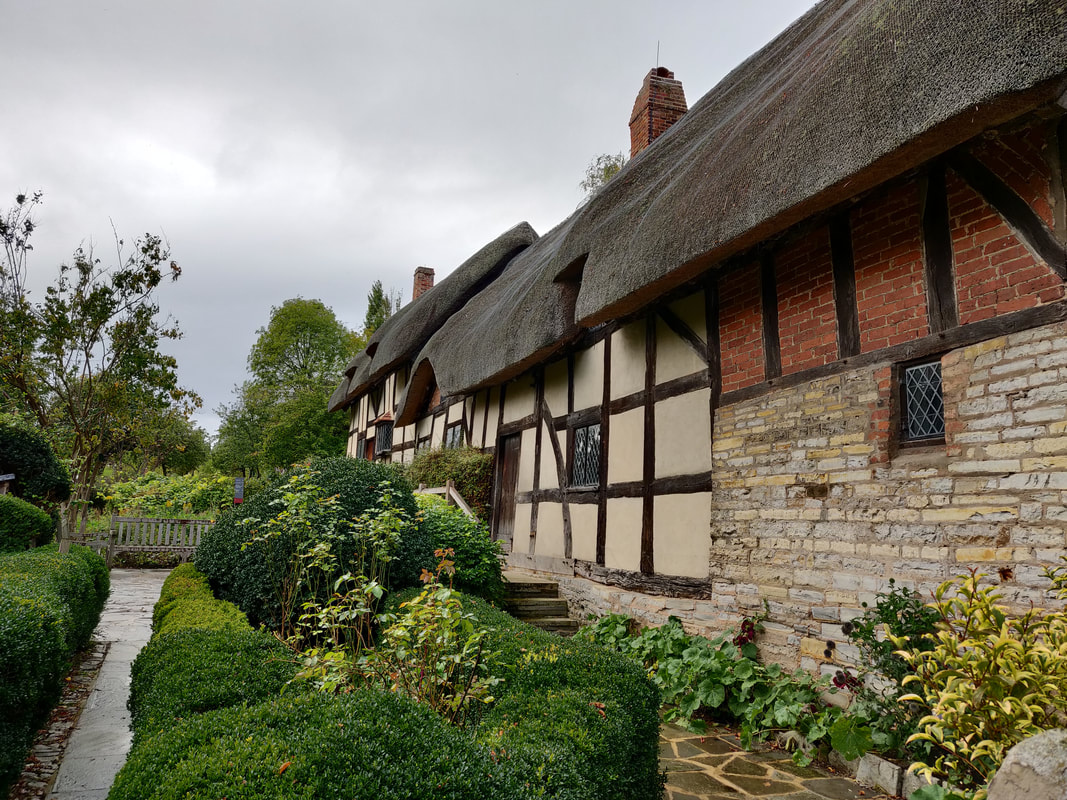
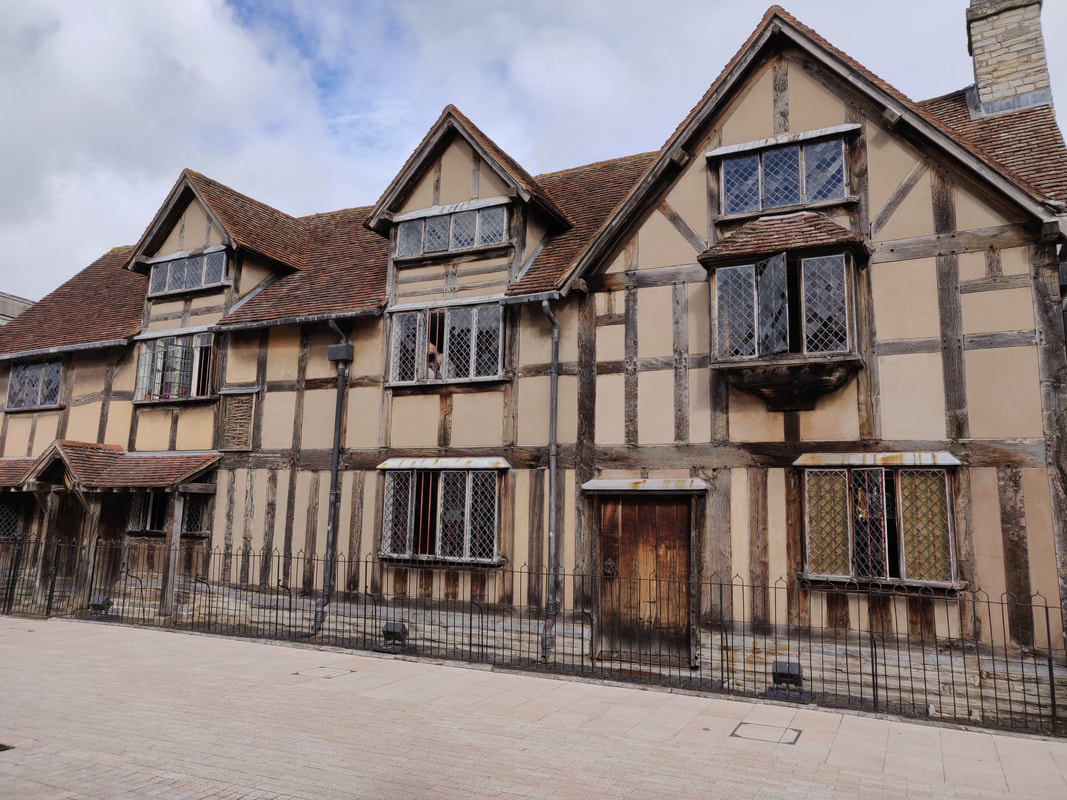
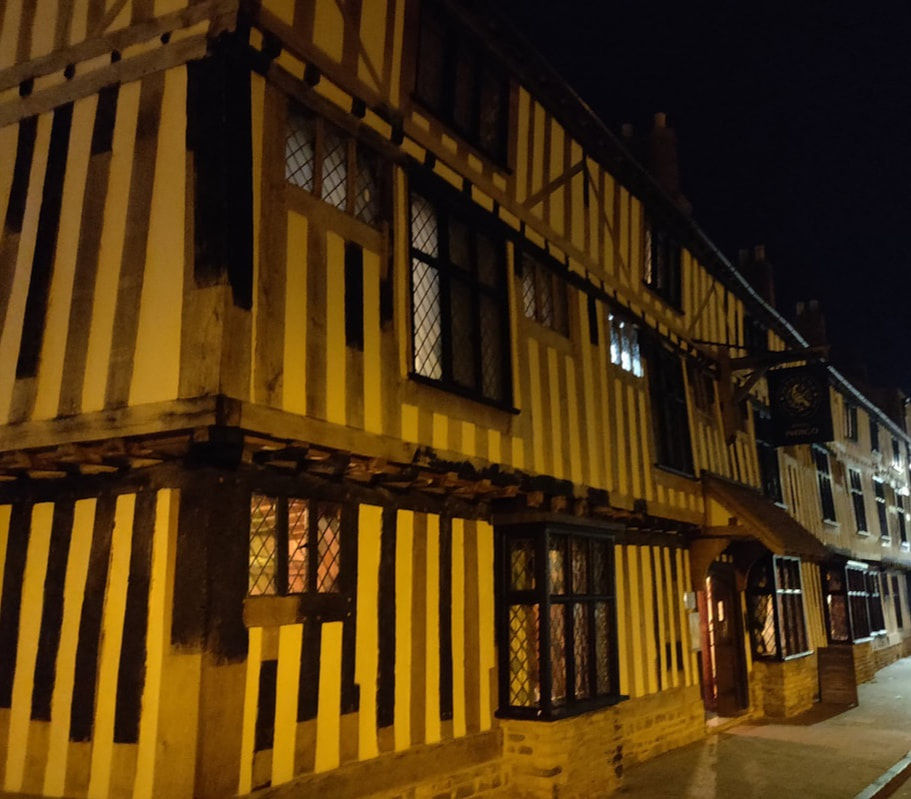
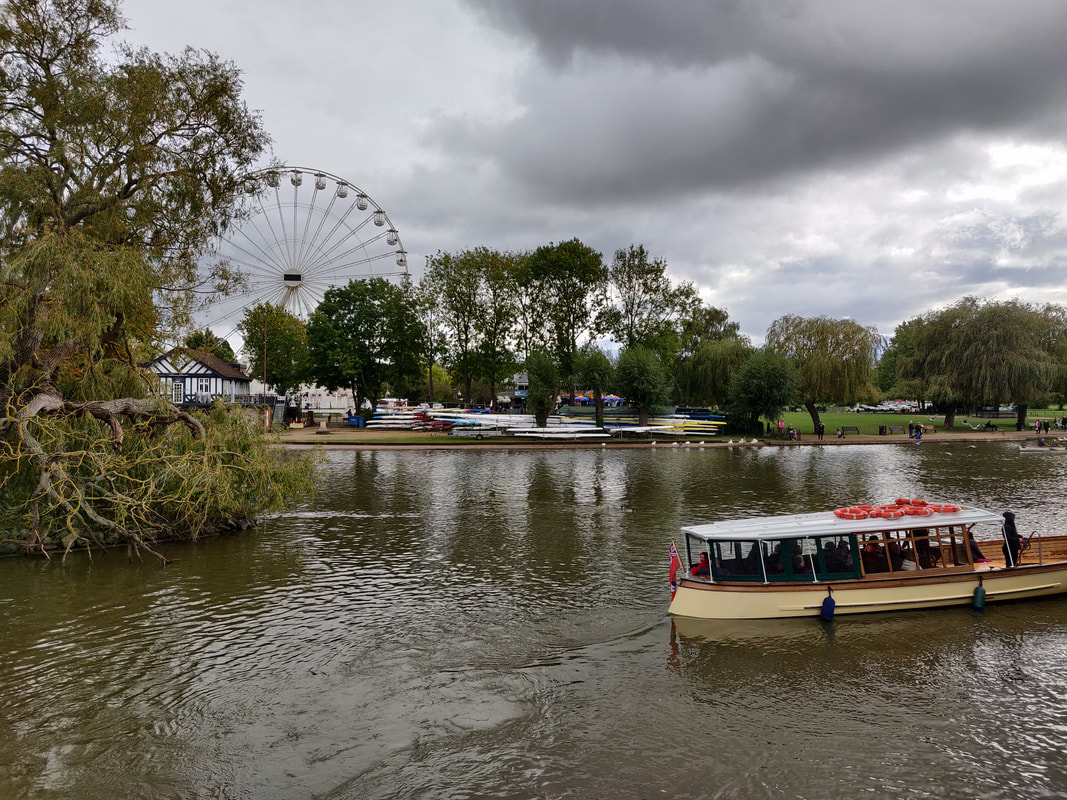
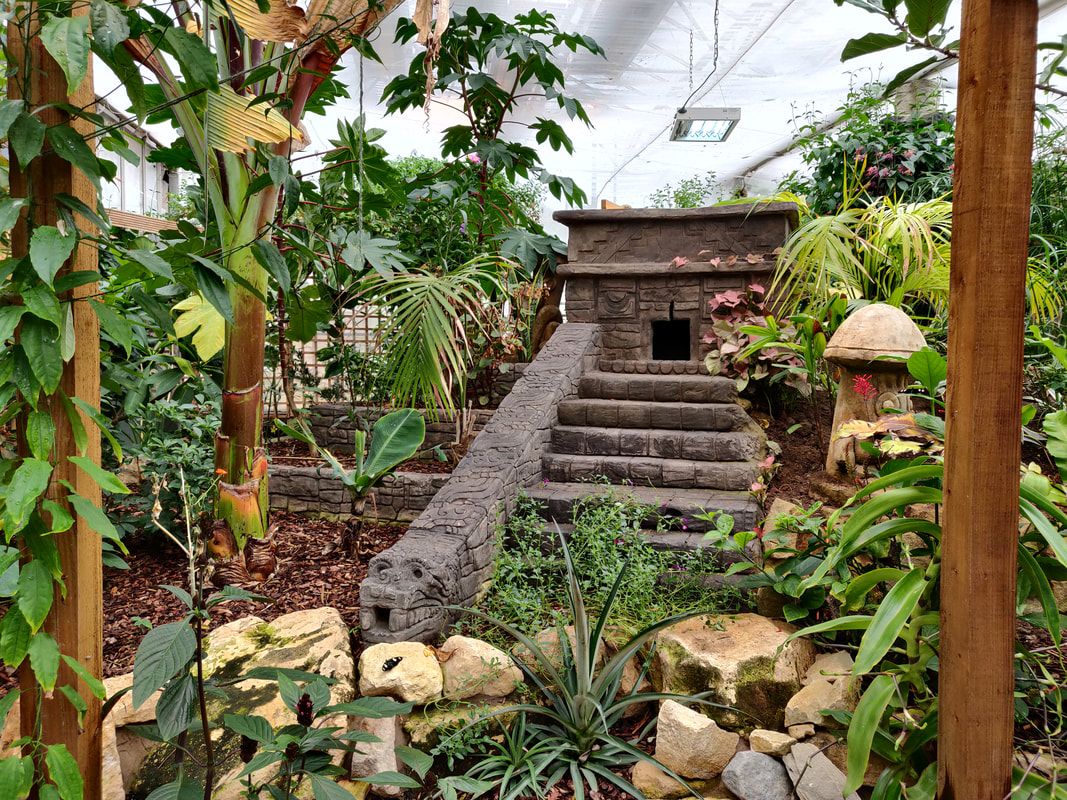
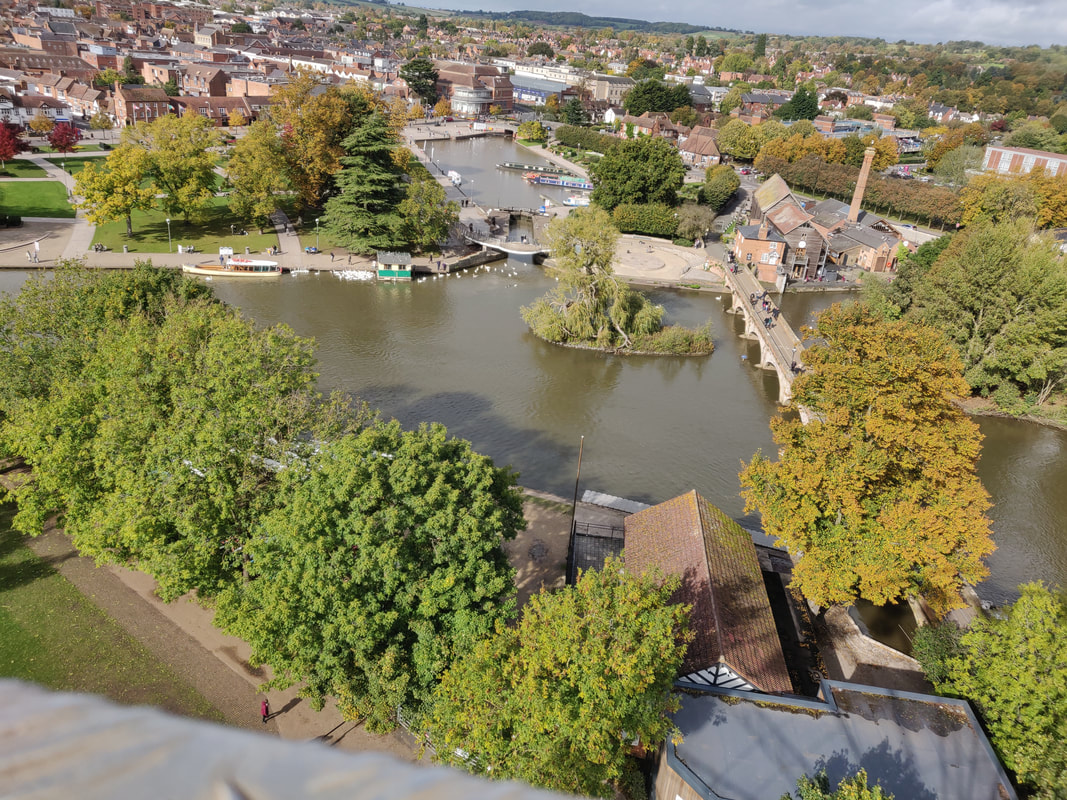

 RSS Feed
RSS Feed